NESSUN DORMA – an aria from the opera Turandot
The online guide of Puccini’s Aria NESSUN DORMA
Read Interesting facts and hear great YouTube Videos about the famous Aria “NESSUN DORMA”.
If you want to hear more about the opera Turandot, click on the link to the opera portrait
The aria – synopsis and background
Synopsis: Kalaf has mastered the riddles and won the right to marry the princess. To everyone’s surprise, Kalaf declares that he will not force the marriage. He himself wants to give her a riddle. Should she be able to give his name by daybreak, she may decide his fate, which can be his death. The heralds proclaim in the imperial palace that no one shall sleep. All have a duty to search for the name of the foreign prince. In the pavilion Kalaf is waiting for morning.
Puccini early turned away from the “verdian” kind of tenor aria. Even though this aria is brilliant, it is significantly shorter and more integrated into the plot than those of its predecessor. For Puccini, the dramatic flow was always in the foreground and long repetitive arias stand in the way.
Muted strings accompany the prince and exude a nocturnal mood. But the prince is certain that he will conquer the princess, and we hear one of the great (typical) Puccini arias, which became the most famous piece of Turandot, if not of opera music, Pavarotti’s final high B went around the world in 1990 on the occasion of the World Cup.
The aria is written for a voice that is powerful and at the same time lyrical. Moreover it must be able to master the high passages with ease.
The piece is written in slow tempo. It begins with the echo of the “nessun dorma” of the distant choir, and exudes a contemplative mood.
At the thought of the princess with the icy cold, the mood becomes thoughtful.
With the word “Speranza” the mood changes and with a great ritardando, Puccini spreads his great cantilena out:
After a fermata, the distant choir begins and the tenor climbs to a brilliant high and ends in the piano-sung vincero.
In the repetition Puccini raises the orchestra and voice once again and the aria ends in the triumphant conclusion of this great piece.
Discussions always arise as to whether the second last note, the H, should be held out for a long time. The effect Pavarotti and Co achieve with it is definitely certain. Strictly speaking, the score does not produce this effect (see also the recording of Francesco Merli further down).
The Aria – the text of NESSUN DORMA
Nessun dorma! Nessun dorma!
Tu pure, o Principessa,
nella tua fredda stanza
guardi le stelle che tremano
d’amore e di speranza!
Ma il mio mistero è chiuso in me,
il nome mio nessun saprà!
No, no, sulla tua bocca lo dirò,
quando la luce splenderà!
Ed il mio bacio scioglierà il silenzio
che ti fa mia!Il nome suo nessun saprà …
E noi dovrem, ahimè!, morir, morir! …Dilegua, o notte! Tramontate, stelle!
Tramontate, stelle! All’alba vincerò!
Vincerò! Vincerò!
None shall sleep,
None shall sleep!
Even you, oh Princess,
In your cold room,
Watch the stars,
That tremble with love
And with hope.
But my secret is hidden within me,My name no one shall know,
On your mouth, I will tell it,
When the light shines.
And my kiss will dissolve the silence that makes you mine!
(No one will know his name and we must, alas, die.)
Vanish, o night!
Set, stars! Set, stars!
At dawn, I will win!
Written for «Spinto Tenor»
The role of Calaf is written for a spinto tenor (Italian) respectively young heroic tenor (German). The voice is strong and masculine. It has a metallic brilliance in the high notes. It captivates with its effortless power in the higher tessitura and has still agility. In the high register the Spinto Tenor can inspire the audience with top notes.
Famous interpretations of NESSUN DORMA
Pavarotti became world-famous with this aria on the occasion of the soccer world championship in 1990 and he even landed at the top of the pop charts with his recording.
Nessun Dorma (1) – Pavarotti/Mehta
You will hear the next version from Jussi Björling. He sings it with a lot of power and brilliance and sings the difficult ending, it seems, almost effortlessly.
Nessun dorma (2) – Björling
Domingo was not the tenor of the high notes (a shared feature with Caruso). Nevertheless, one cannot escape the effect and the energy of his Nessun dorma.
Nessun dorma (3) – Domingo
Opinions on Corelli were always split. His Calaf is heroic and incredibly powerful. His vocal duels with Nilsson are legendary. The voices of both singers were natural phenomena.
Nessun dorma (4) – Corelli
Gigli was perhaps the most gifted tenor of the interwar era. His interpretation is straightforward and yet brilliant.
Nessun dorma (5) – Gigli
The 1937 recording of Francesco Merli was the first complete recording of the opera. So it is interesting that he sang the aria without frills and kept the the second last note B short, meaning with the time value that was written down. For many “the authentic” version.
Nessun dorma (6) – Merli
Peter Lutz, opera-inside, the online opera guide to the Aria “NESSUN DORMA” from the opera Turandot.

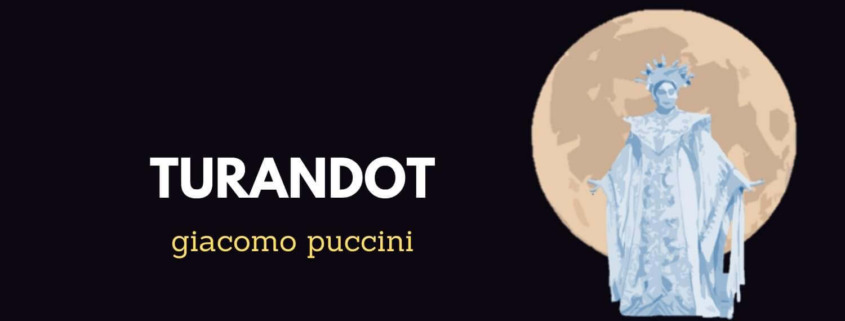
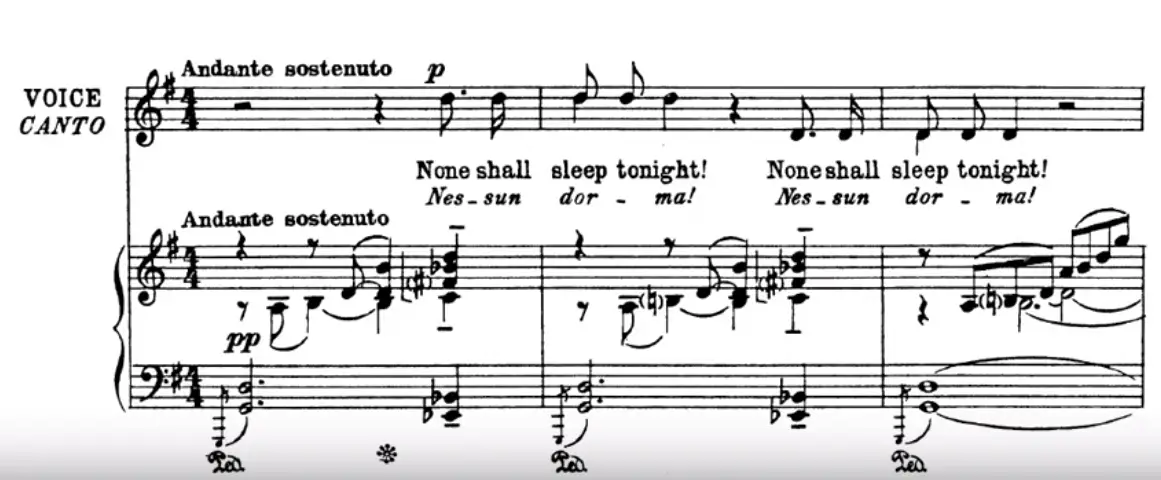
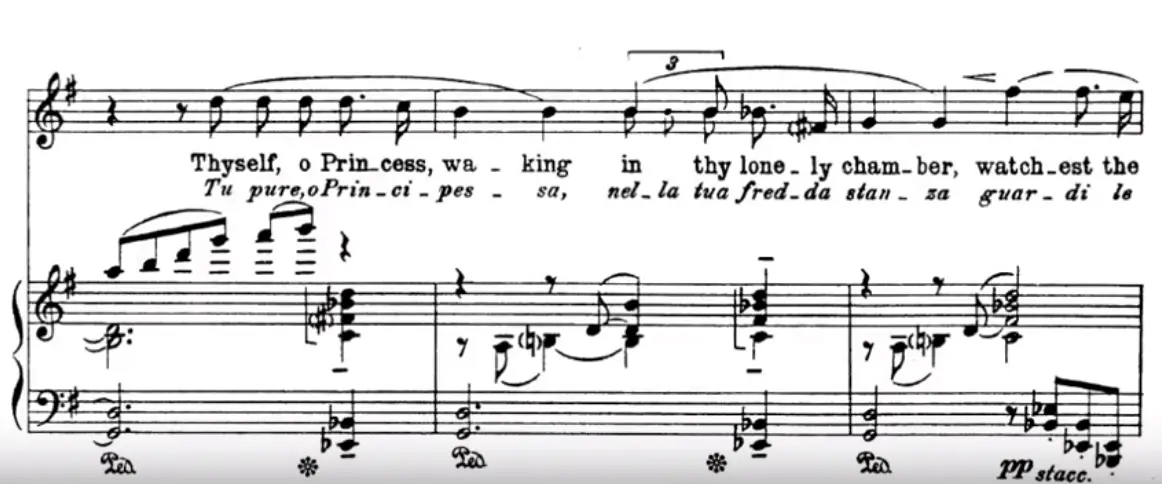
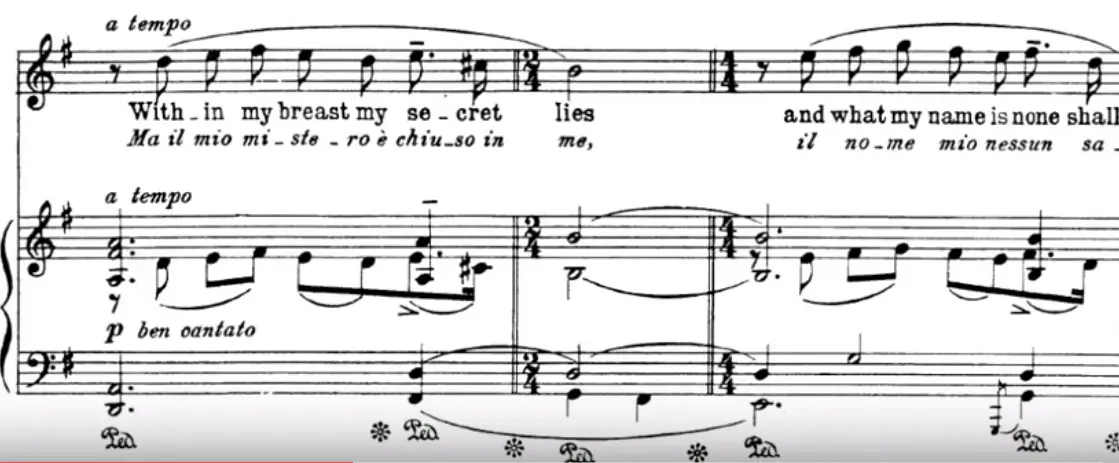
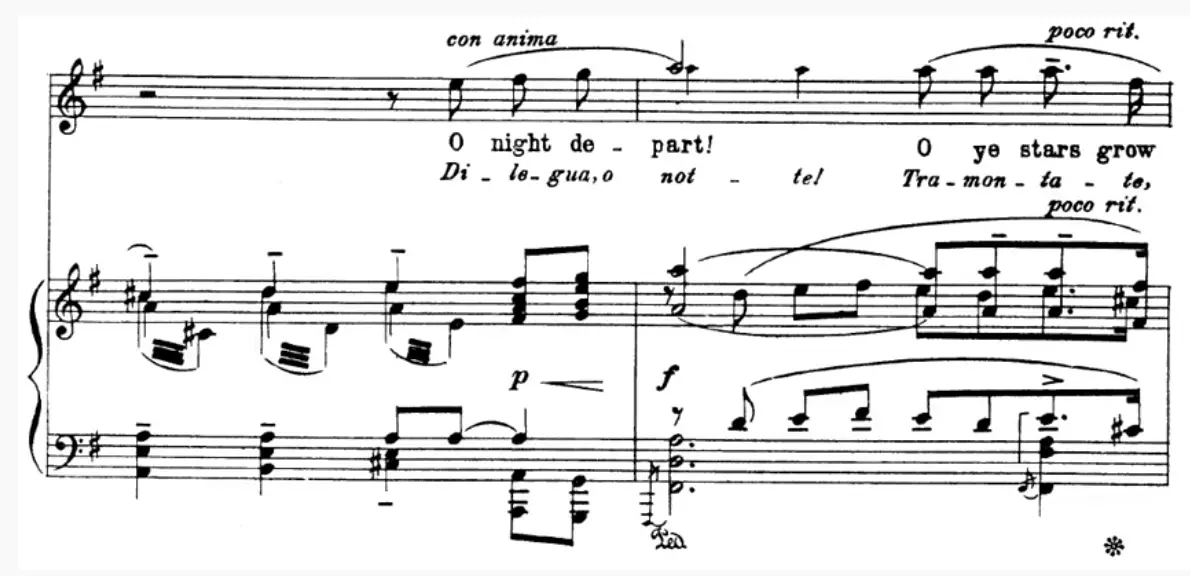
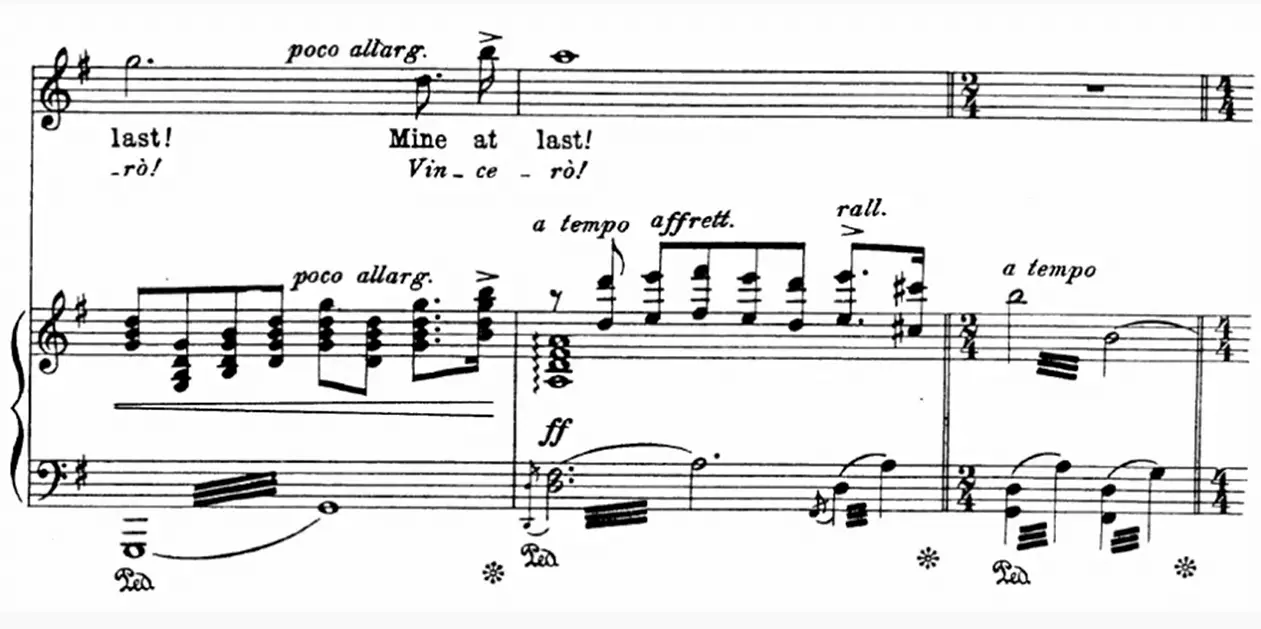


Leave a Reply
Want to join the discussion?Feel free to contribute!